Prepare Your Office for 10G and Beyond: A Complete Guide
As businesses increasingly rely on digital tools and cloud-based services, the demand for faster, more reliable networks continues to grow. Upgrading to a 10G Ethernet network is no longer just an option—it’s a practical step for organizations looking to meet current data demands while preparing for future advancements. This guide provides a straightforward, actionable approach to upgrading your office network, covering everything from cabling options to hardware recommendations and future scalability.
Key Takeaways:
| Topic | Key Insight |
|---|---|
| Why Upgrade to 10G? | Modern applications like video conferencing, cloud services, and IoT demand faster, reliable networks. |
| Best Cabling Options | Use Cat6A for cost-effective copper runs (up to 100m) and OM3/OM4 fiber for long-distance connections. |
| Core Hardware | The Unifi EnterpriseXG 24 switch offers a mix of copper and fiber ports, ensuring flexibility and scalability. |
| Upgrade Strategy | Start with core switches, prioritize high-traffic areas, and adopt a phased rollout for minimal disruption. |
| Future-Proofing | A 10G network supports next-gen technologies like WiFi 7 and can scale to 25G or 100G with minimal upgrades. |
| Cost vs. ROI | While upfront costs range from $5,000–$25,000 for an SMB, increased productivity and reduced downtime ensure fast ROI. |
Table of Contents
- 1 Why Your Office Needs to Prepare for 10G and Beyond
- 2 Understanding Network Cabling Options for 10G
- 3 Essential Hardware for a 10G Network Upgrade
- 4 Step-by-Step Guide to Upgrading Your Office Network
- 5 Cost Considerations and ROI of a 10G Network Upgrade
- 6 Preparing for Future Technologies Beyond 10G
- 7 Conclusion
Why Your Office Needs to Prepare for 10G and Beyond
Modern workplaces depend on a wide range of data-intensive applications. Video conferencing, file sharing, cloud computing, and Internet of Things (IoT) devices all require significant bandwidth to function smoothly. For example, transferring large design files or running real-time analytics can strain older Gigabit Ethernet networks, leading to delays and inefficiencies.
New wireless technologies like WiFi 6E and the latest WiFi 7 can also deliver multi-gigabit speeds. However, these wireless advancements rely on a strong wired backbone to perform at their best. A 10G network ensures your office infrastructure can support these technologies without bottlenecks.
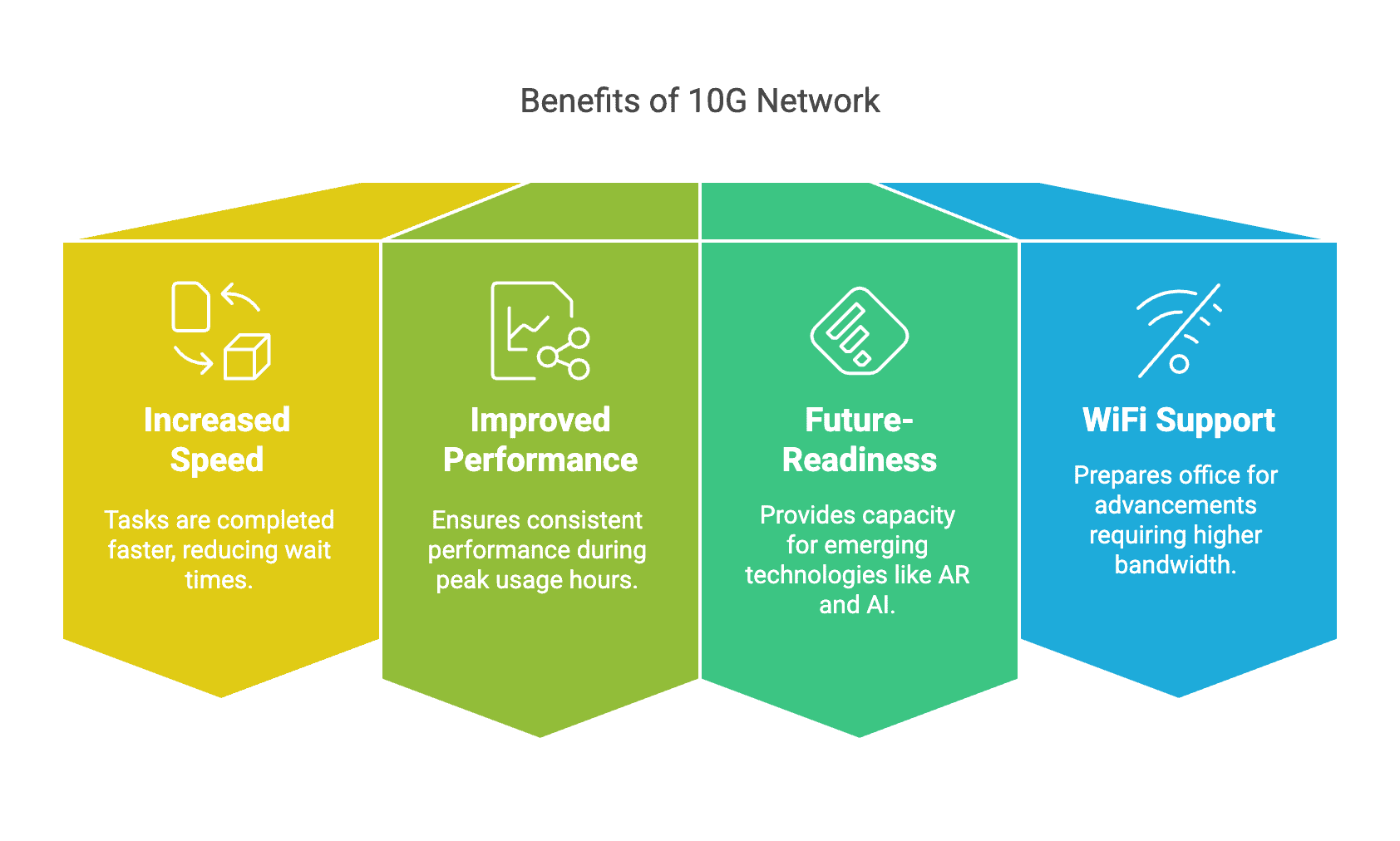
Benefits of Upgrading to 10G Ethernet
Transitioning to a 10G Ethernet network offers several practical advantages:
- Increased Speed: With up to ten times the speed of traditional Gigabit Ethernet, tasks such as file transfers or database queries are completed faster, reducing wait times.
- Improved Network Performance: A 10G network reduces congestion during peak usage hours, ensuring consistent performance across all devices.
- Future-Readiness: As digital tools and applications evolve, a 10G network provides the capacity needed to adopt emerging technologies like augmented reality (AR) or AI-driven tools.
- Support for Next-Generation WiFi: A strong wired backbone ensures your office is ready for WiFi advancements that require higher bandwidth connections.
While the upfront investment may seem significant, it’s important to consider how these costs compare to long-term gains. Reduced downtime, faster workflows, and increased productivity translate into measurable ROI over time.
Understanding Network Cabling Options for 10G
Choosing the right cabling is a critical step when upgrading to a 10G Ethernet network. The decision often comes down to two main options: copper or fiber-optic cables.
Copper Cabling: Cat6 and Cat6A
For most office environments, Category 6A (Cat6A) cables are the go-to option for 10GbE deployments. These cables are designed to handle 10 Gbps speeds over distances of up to 100 meters and provide the flexibility needed for typical office layouts.
Key Features of Cat6A:
- Bandwidth: Cat6A supports frequencies up to 500 MHz, ensuring stable performance even in high-interference environments.
- Crosstalk Protection: Enhanced shielding reduces electromagnetic interference (EMI), making it ideal for high-density installations.
- Cost-Effective: Compared to fiber, Cat6A is more affordable and easier to install, especially in existing buildings with structured cabling systems.
Fiber Optic Cabling: OM3 and OM4
For longer distances or high-performance backbones, fiber optic cables are the preferred solution. Multi-mode fibers such as OM3 and OM4 are commonly used in 10GbE networks due to their ability to transmit data over greater distances with minimal signal loss.
Key Features of Fiber Optics:
- Distance: OM3 supports 10GbE up to 300 meters, while OM4 extends this range to 400 meters.
- Higher Bandwidth: Fiber optics offer much greater bandwidth than copper cables, making them ideal for data centers or connecting multiple floors in an office building.
- Future Scalability: Fiber infrastructure can easily scale to support higher speeds like 40G or even 100G by upgrading transceivers instead of replacing cables.
Which Option Is Right for Your Office?
The choice between copper and fiber depends on your specific needs:
- For most small-to-medium-sized offices with shorter cable runs, Cat6A provides a cost-effective and reliable solution.
- For larger offices or those planning long-term scalability, investing in fiber optic cabling ensures future readiness without the need for significant upgrades later.
Essential Hardware for a 10G Network Upgrade
Upgrading your network requires more than just new cables—it also involves selecting the right hardware. A standout option is the Unifi EnterpriseXG 24, a powerful Layer 3 switch designed for modern office networks.

Unifi EnterpriseXG 24: The Core of Your Network
The Unifi EnterpriseXG 24 offers excellent performance and flexibility with its combination of copper and fiber ports:
- 12 RJ45 ports supporting Cat6A connections at 10GbE speeds.
- 12 SFP28 ports for fiber connections that support speeds up to 25Gbps.
- Advanced Layer 3 routing capabilities for efficient data management across VLANs.
This switch is ideal for hybrid networks that combine copper cabling for shorter runs with fiber optics for long-distance connections.
Network Interface Cards (NICs)
To fully utilize a 10G network, devices like workstations and servers need compatible NICs such as the Intel X550-T2, which supports dual-port connections over copper cabling. For laptops or mobile devices without built-in Ethernet ports, Thunderbolt-to-10G adapters provide an easy solution.
Structured Cabling Accessories
Accessories like patch panels, keystone jacks, and cable management tools ensure a clean network installation while simplifying future upgrades.
Step-by-Step Guide to Upgrading Your Office Network
Transitioning to a 10G Ethernet network can be done in manageable steps. A phased approach allows you to minimize disruptions while spreading out costs. Here’s how to structure your upgrade process:
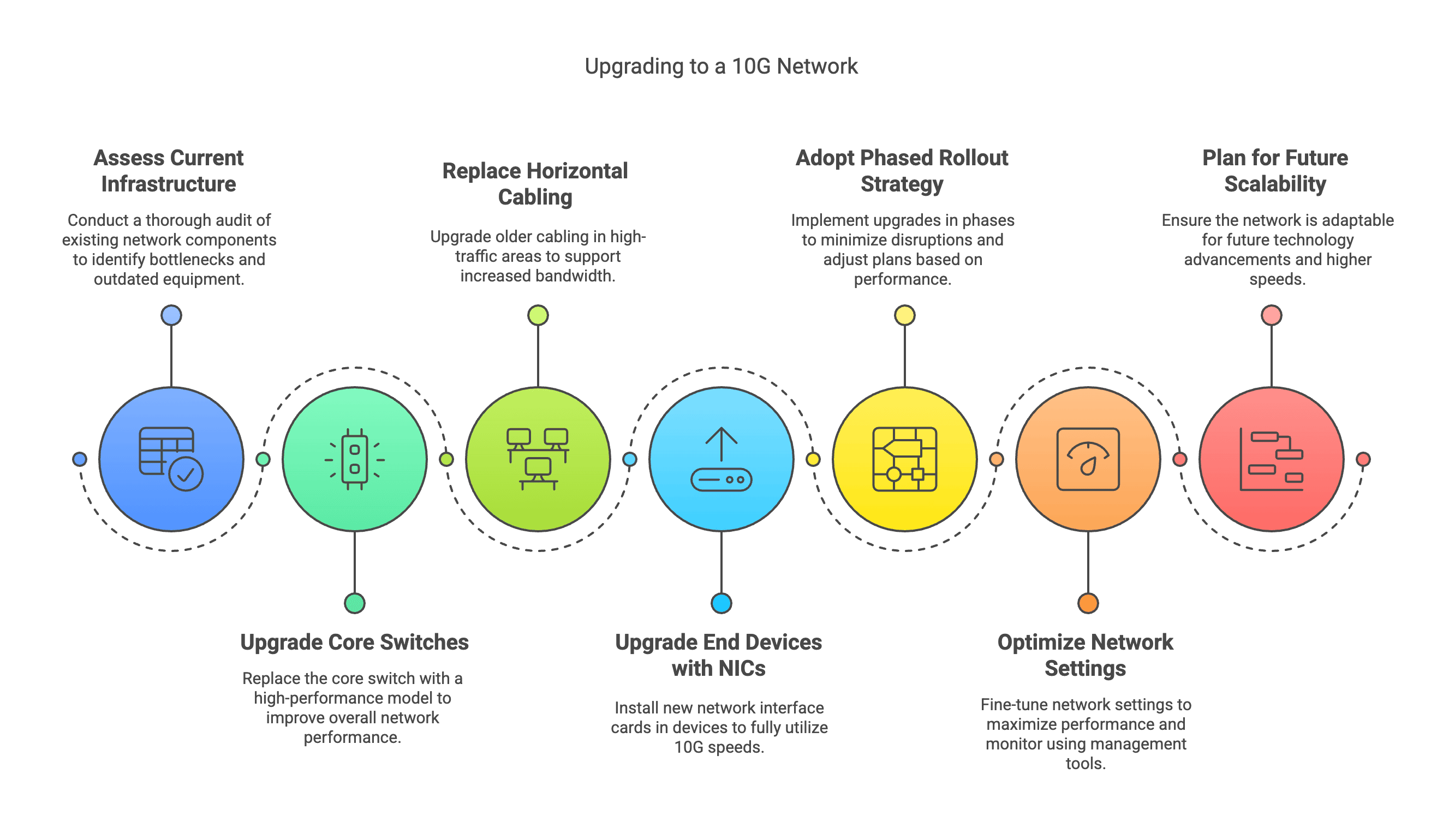
Step 1: Assess Your Current Infrastructure
Start by conducting a thorough audit of your existing network. Identify bottlenecks, outdated equipment, and areas that require immediate attention. Key areas to evaluate include:
- Cabling: Determine whether your current cables (e.g., Cat5e or Cat6) can handle 10G speeds. If not, plan for replacements with Cat6A or OM3/OM4 fiber.
- Switches: Check if your current switches support 10GbE or need upgrading.
- Devices: Identify which workstations, servers, or other devices require new network interface cards (NICs) to support 10G speeds.
This assessment will help you prioritize upgrades based on your office’s specific needs.
Step 2: Upgrade Core Switches First
The core switch is the backbone of your network, managing data traffic between all connected devices. Replacing it with a high-performance switch like the Unifi EnterpriseXG 24 ensures your network can handle increased bandwidth demands immediately.
Why Start with the Core Switch?
- It improves performance across all connected devices, even if some endpoints are still using older cabling or NICs.
- It allows for a hybrid setup where both 1GbE and 10GbE connections coexist during the transition period.
The Unifi EnterpriseXG 24 is particularly well-suited for this role due to its mix of RJ45 ports for copper connections and SFP28 ports for fiber links, offering flexibility and scalability.
Step 3: Replace Horizontal Cabling Where Needed
Horizontal cabling connects workstations, printers, and other devices to the network. If your office uses older Cat5e or Cat6 cables, consider upgrading to Cat6A for copper runs under 100 meters or OM3/OM4 fiber for longer distances.
Prioritize High-Traffic Areas:
- Start with departments that handle large data transfers, such as video production teams or R&D labs.
- Upgrade meeting rooms and shared spaces where high-speed connectivity is critical for collaboration tools like video conferencing.
By replacing cabling in phases, you can spread out costs while gradually improving overall performance.
Step 4: Upgrade End Devices with NICs
To fully utilize a 10G network, servers, workstations, and other devices need compatible NICs. Popular options include:
- Intel X550-T2 PCIe NICs: Reliable dual-port cards that support copper connections over Cat6A cabling.
- Thunderbolt-to-10G Adapters: Ideal for laptops or mobile devices without built-in Ethernet ports (e.g., Sonnet Solo 10G).
Upgrading end devices ensures they can take full advantage of the increased bandwidth provided by the new infrastructure.
Step 5: Adopt a Phased Rollout Strategy
Rather than upgrading everything at once, consider a phased approach:
- Pilot Deployment: Test the new setup in one department or area to identify potential issues and measure performance gains.
- Priority Areas: Roll out upgrades in high-demand areas like server rooms or customer-facing services.
- Full Deployment: Gradually expand the upgrade across the entire office as budgets and schedules allow.
This method minimizes disruptions while allowing you to adjust plans based on real-world results.
Step 6: Optimize Network Settings
Once hardware upgrades are complete, fine-tune your network settings to maximize performance:
- Enable VLANs (Virtual Local Area Networks) to segment traffic and improve security.
- Configure Quality of Service (QoS) settings to prioritize critical applications like video conferencing or VoIP.
- Monitor performance using tools like Unifi’s network management software to identify and resolve issues proactively.
Step 7: Plan for Future Scalability
As technology continues to evolve, ensure your network can adapt by choosing scalable solutions like the Unifi switches and fiber optic cabling. These investments will support higher speeds (e.g., 25Gbps or even 100Gbps) without requiring significant additional upgrades in the future.
Cost Considerations and ROI of a 10G Network Upgrade
While upgrading to a 10G Ethernet network requires an upfront investment, it’s important to view it as a long-term investment in your business’s productivity and scalability.
Breaking Down the Costs
Here’s an example cost breakdown for upgrading a small-to-medium-sized office with approximately 50 users:
| Component | Estimated Cost (USD) |
|---|---|
| Core Switch (Unifi EnterpriseXG 24) | $1,299 |
| Cat6A Cabling (per drop) | $120-$200 |
| OM3 Fiber Cabling (per foot) | $0.75–$1.50 |
| NICs (Intel X550-T2 per device) | $50–$300 |
| Labor & Installation | $2,000–$15,000 |
For an average office of about 30 workstation, total costs typically range from $15,000–$25,000 depending on specific requirements and installation complexity.
Calculating ROI
The benefits of upgrading often outweigh these costs over time:
- Increased Productivity: Faster file transfers and reduced wait times lead to significant time savings across teams. For example, transferring a large file that takes two minutes on Gigabit Ethernet could take just seconds on a 10G network.
- Reduced Downtime: A more reliable network minimizes disruptions caused by congestion or hardware failures.
- Future-Proofing: Avoid frequent upgrades by investing in scalable infrastructure now.
With these factors combined, businesses often recoup their investment within two to three years through productivity gains alone.
Preparing for Future Technologies Beyond 10G
Upgrading to a 10G Ethernet network lays the foundation for adopting emerging technologies like WiFi 7 (802.11be), which promises multi-gigabit speeds and ultra-low latency. Additionally, businesses can prepare for scalability beyond 10G by investing in hardware that supports future advancements such as 25Gbps or even 100Gbps networks.
WiFi 7: The Next Leap in Wireless Connectivity
WiFi 7 introduces features like Multi-Link Operation (MLO), which allows devices to use multiple frequency bands simultaneously for faster and more reliable connections. To fully leverage WiFi 7’s capabilities—expected to become mainstream by late 2025—a strong wired backbone like a 10G Ethernet network is essential.
Intelligent Networks with AI Optimization
Artificial intelligence (AI) is increasingly being integrated into network management systems through solutions known as Artificial Intelligence for IT Operations (AIOps). These systems monitor traffic patterns, predict potential issues, and optimize performance in real time.
Benefits of AI in Networking:
- Proactive maintenance reduces downtime by identifying problems before they escalate.
- Enhanced security detects anomalies that may indicate cyber threats.
- Dynamic optimization adjusts bandwidth allocation based on usage trends.
As networks grow more complex with IoT devices and hybrid work models, intelligent systems will become essential for managing connectivity efficiently.
Conclusion
Upgrading your office network to support 10G Ethernet is about more than just speed—it’s about ensuring reliability, scalability, and readiness for future technologies. By combining high-performance hardware like the Unifi EnterpriseXG 24 with carefully selected cabling solutions (Cat6A or OM3/OM4), businesses can create networks that meet today’s demands while staying prepared for tomorrow’s challenges.
Investing in a robust infrastructure now will not only improve productivity but also position your organization as ready and adaptable in an increasingly connected world.


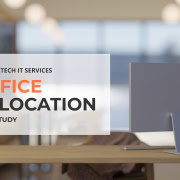
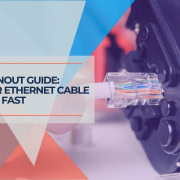
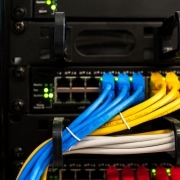

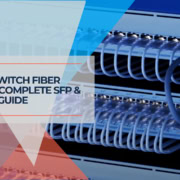

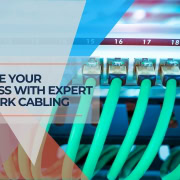


Leave a Reply
Want to join the discussion?Feel free to contribute!